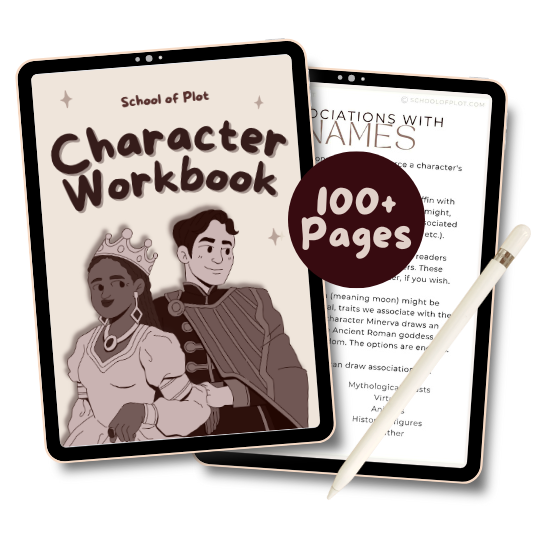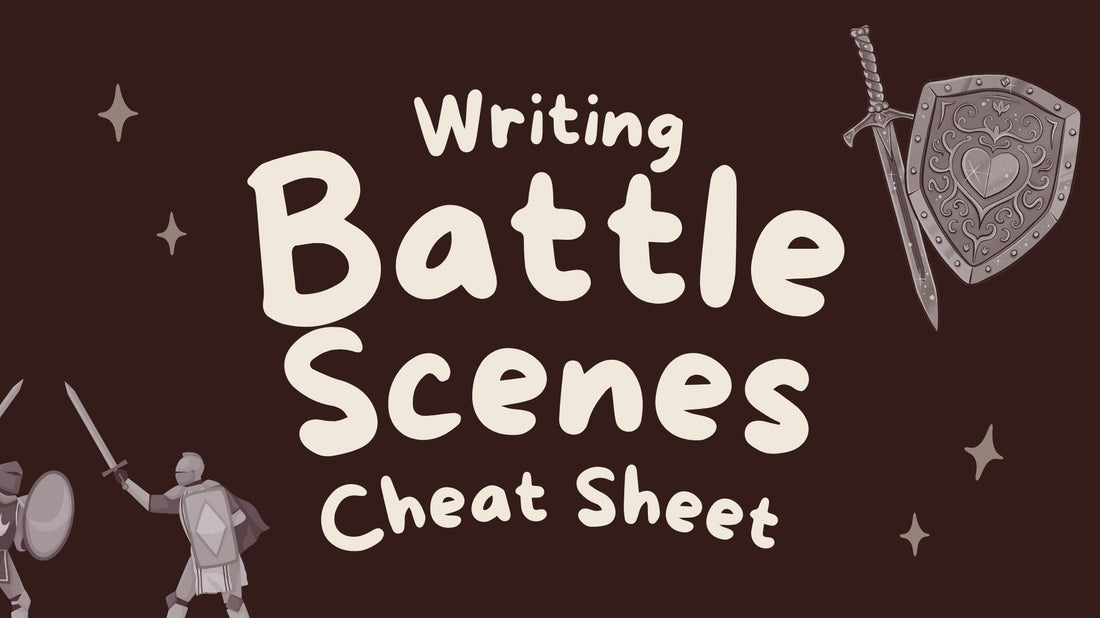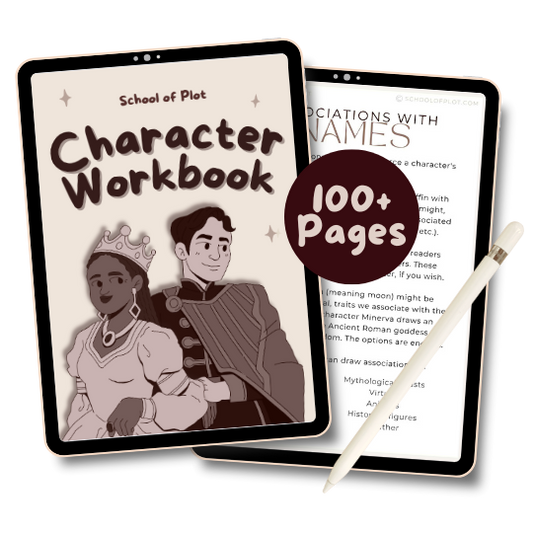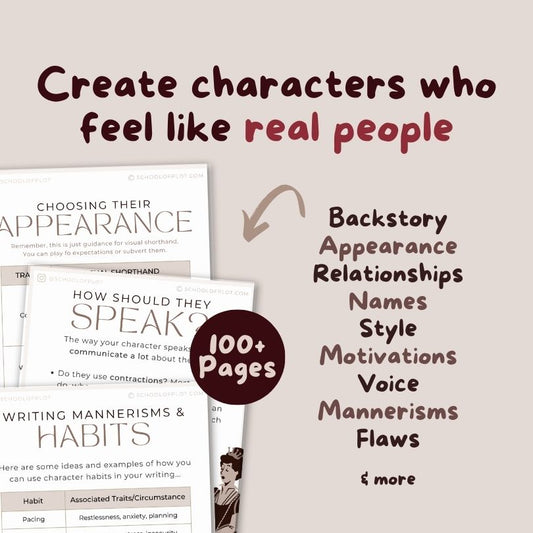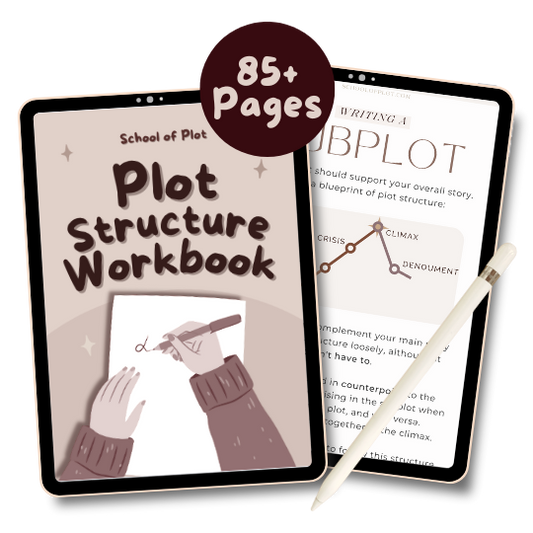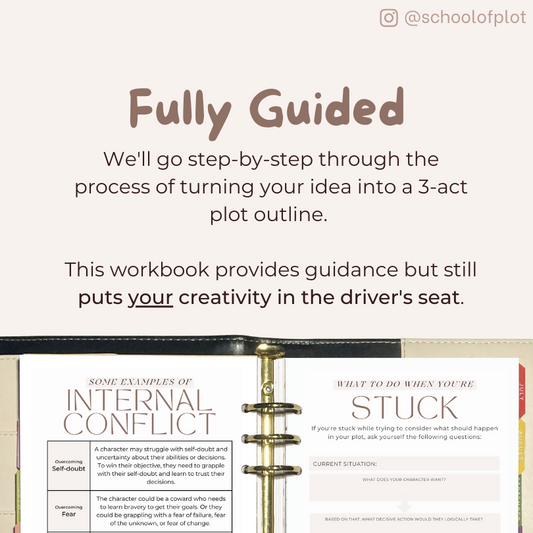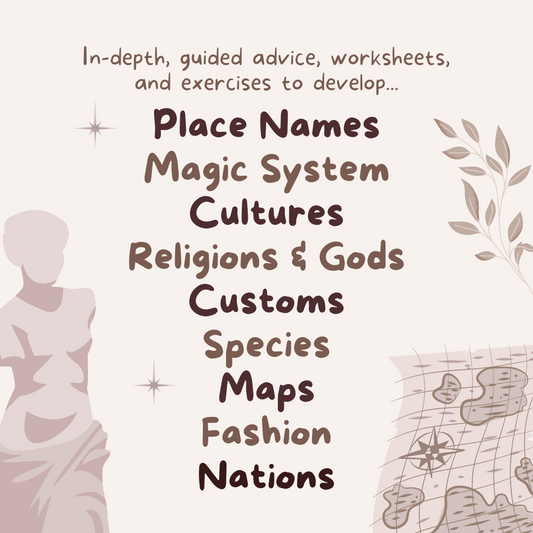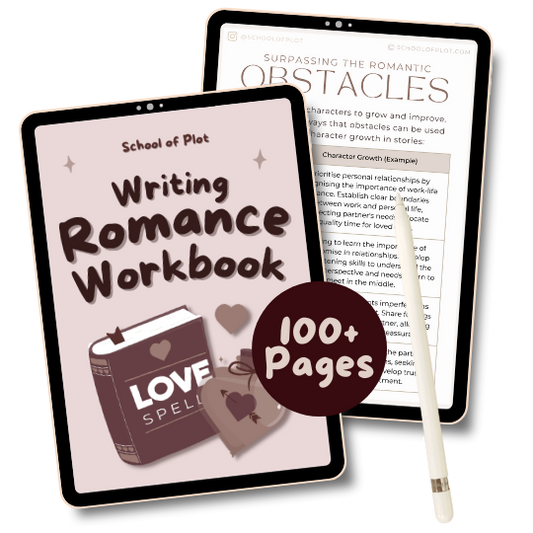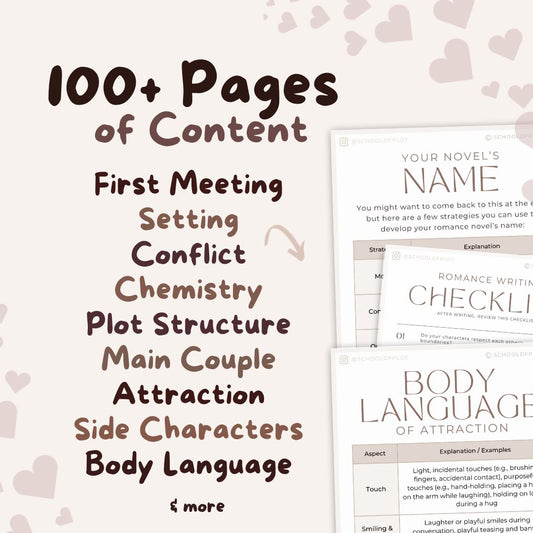If you feel like your battle scenes are dragging, or you have no idea where to start, this guide will give you the fundamentals of writing an engaging battle scene. There’s a focus on historical/fantasy battles, but the sensory and character aspects should be useful to everyone!
Table of Contents
Battle Scene Music Playlist
To get into the mood when writing your battle scene, play this in the background:
Types of Battle
Your battle doesn’t have to take place on a giant battlefield with two armies charging at one another. You can explore various types of battles such as:
- Pitched Battle: The classic fantasy ‘epic battle’ format. This is a traditional open-field battle where two opposing armies meet and engage in combat on a battlefield.
- Siege: A siege is a prolonged military operation in which one force surrounds and isolates a fortified location, such as a castle, city, or fortress, with the intention of forcing its surrender. Sieges could last for weeks or even months.
- Raid: A raid is a surprise attack on an enemy's territory with the goal of causing damage, capturing prisoners, or looting resources. Raiders typically target towns, villages, or unprotected supply lines. The villages may retaliate to defend their land/good/people, leading to a battle.
Engaging the Senses in a Battle Scene
To really make your readers feel like they’re out on the battlefield, engage their senses when writing your battle scene. Some examples are listed below:
Sight
- Flashes of steel as swords clash
- Arrows soaring through the air
- Explosions lighting up the battlefield
- The sun's glare off polished armor
- Tattered battle flags snapping in the wind
- Smoke and dust billowing across the battlefield.
Sound
- The clanking of swords on shields
- The hissing of arrows through the air
- Gunfire and explosions echoing
- Battle cries and war horns in the distance
- The cries of wounded soldiers
- The roar of cannon fire
Smell
- The acrid scent of burning gunpowder
- The metallic tang of blood in the air
- The pungent stench of sweat
- The earthy scent of damp soil and grass
- The ash of burning buildings
- The lingering scent of food and abandoned campfires
Touch
- The weight of armor pressing on the body
- The sting of a graze or wound
- The rush of adrenaline and sweat-soaked clothes
- The cold bite of wind on exposed skin
- The pressure of a weapon's grip in hand
- The heat of a smoky battlefield
- A rush of wind as a projectile narrowly misses
- A jolt of impact in close combat
- The trembling hands and racing heart
- A cold shiver down the spine
Taste
- The metallic tang of blood on the lips
- The dryness of a parched throat
- The taste of salt from one’s sweat
- The lingering flavor of a hastily eaten final meal
- The grit of dust on the tongue
How Setting Impacts Battle Scenes
Where is your battle scene set? You can use this setting to write clever strategies and keep your readers hooked.
Mountains
Mountains provide natural defenses and obstacles, making it challenging for large armies to maneuver and maintain cohesion. Armies in mountainous terrain often use defensive tactics and fortifications. Guerrilla warfare and ambushes are common. Mobility is limited, perhaps favoring infantry and archers.
Open Plains
Open plains offer little cover, making it easier for cavalry and chariots to charge, but also making infantry vulnerable. Infantries may use trenches or fortifications to protect against charges.
Forest and Jungle
Dense forests restrict visibility and movement, favoring ambushes. Light infantry, archers, and skirmishers thrive. Whichever group has navigation knowledge may get an upper hand.
Wetlands
The boggy terrain impedes movement, making it difficult for both sides to maneuver. Defensive tactics, fortifications, and ambushes may be effective. Exploiting natural barriers and setting up traps could be a way of winning.
Desert
Deserts lack cover and often have extreme conditions, including water scarcity. Careful planning for water supply and logistics is essential.
Hills
Elevated terrain offers a strategic advantage with better vantage points. Your army may try and gain high ground to command the battlefield and spot enemy movements.
Coastlines
Your army may want to plan for naval support, coordinating land and sea forces.
Basic Strategic Terms For Battle Scenes
You don’t need to use terms that will confuse readers. However, if your characters have military experience, you can convey this by using basic tactical terms that readers will understand, such as:
- Ambush: A surprise attack from a concealed position.
- Siege: The surrounding and blockading of a fortified location to force its surrender.
- Flanking: Attacking the sides of an enemy formation to gain an advantage.
- Reconnaissance: The act of gathering information about the enemy, terrain, or other aspects of a battlefield.
- Decoy: A lure or distraction used to mislead the enemy.
- Retreat: A strategic withdrawal from the battlefield to regroup or escape.
- Feigned Retreat: Some commanders use a feigned retreat to lure the enemy into a vulnerable position, where they can be ambushed or counterattacked.
Of course, you can use more complex vocabulary if you want – it’s up to you – but this is a nice starting block if you need it.
Types of Troops
While by no means exhaustive, here are some types of troops you may want to include in your battle scene:
- Cavalry: Mounted soldiers who fight on horseback.
- Infantry: Foot soldiers who fight on foot.
- Archers: Soldiers armed with bows and arrows, used for ranged attacks.
- Spearmen: Soldiers armed with spears.
- Charioteers: Soldiers who operate chariots.
Character Emotions in Battle Scenes
Your characters are what keep readers invested in your battle scene. Don’t just give readers a play-by-play of action. What are your characters feeling before, during, and after the battle? These can include:
- Fear: Characters may experience gripping fear, panic, and dread, especially if they are facing overwhelming odds or witnessing the horrors of war.
- Courage: Courage can manifest as a sense of duty, honor, or loyalty.
- Adrenaline Rush: The body's natural response to danger, an adrenaline rush can lead to heightened senses, increased alertness, and a rush of energy.
- Exhaustion: The physical and mental toll of battle can lead to extreme exhaustion. Characters may find themselves drained and struggling to continue fighting.
- Anger: The brutality and chaos of battle can fuel anger and aggression.
- Grief: Characters may mourn the fallen even while the battle rages on.
- Shock: Witnessing traumatic events or severe injuries can lead to shock, causing characters to temporarily lose their ability to react or think clearly.
- Determination: Some characters may experience a resolute determination to achieve their objectives, no matter the cost.
- Confusion: The chaos of battle can create confusion and disorientation.
- Desperation: When the odds are stacked against them, characters may feel a sense of desperation.
- Elation: Achieving small victories or making progress in the battle can lead to moments of elation and euphoria.
- Comradeship: Characters may feel a connection or unity with their fellow fighters.
- Regret: Regret can arise from difficult decisions made during battle or from actions that led to the suffering or death of others.
- Resolve: Characters may feel a firm and unwavering resolve to see the battle through to the end, no matter the challenges.
- Numbness: The intensity of battle can lead to emotional numbness, as characters distance themselves from the immediate horrors to focus on survival.
- Hope
Questions to Ask Yourself Before You Start Writing Your Battle Scene
- What role does this battle scene play in advancing the plot?
- What role does this battle scene play in the character development of your characters?
- What are the immediate and long-term consequences of the battle for the characters and the world of the story?
- What are the specific goals of each character or group involved in the battle? What do they want to achieve?
- What is at stake for the protagonist and their allies?
- Where does the battle take place, geographically?
- What feelings do you want them to experience during the battle scene, and how will you evoke them?
More Helpful Guides
Sources and Further Reading
- https://www.metmuseum.org/art/collection/search#!?q=arms%20and%20armor
- https://collections.royalarmouries.org/
- https://www.wallacecollection.org/collection/arms-and-armor/
- http://www.higginsarmory.com/
- https://www.artic.edu/collection?department_ids=Arms%20and%20Armor
- http://www.thearma.org/
